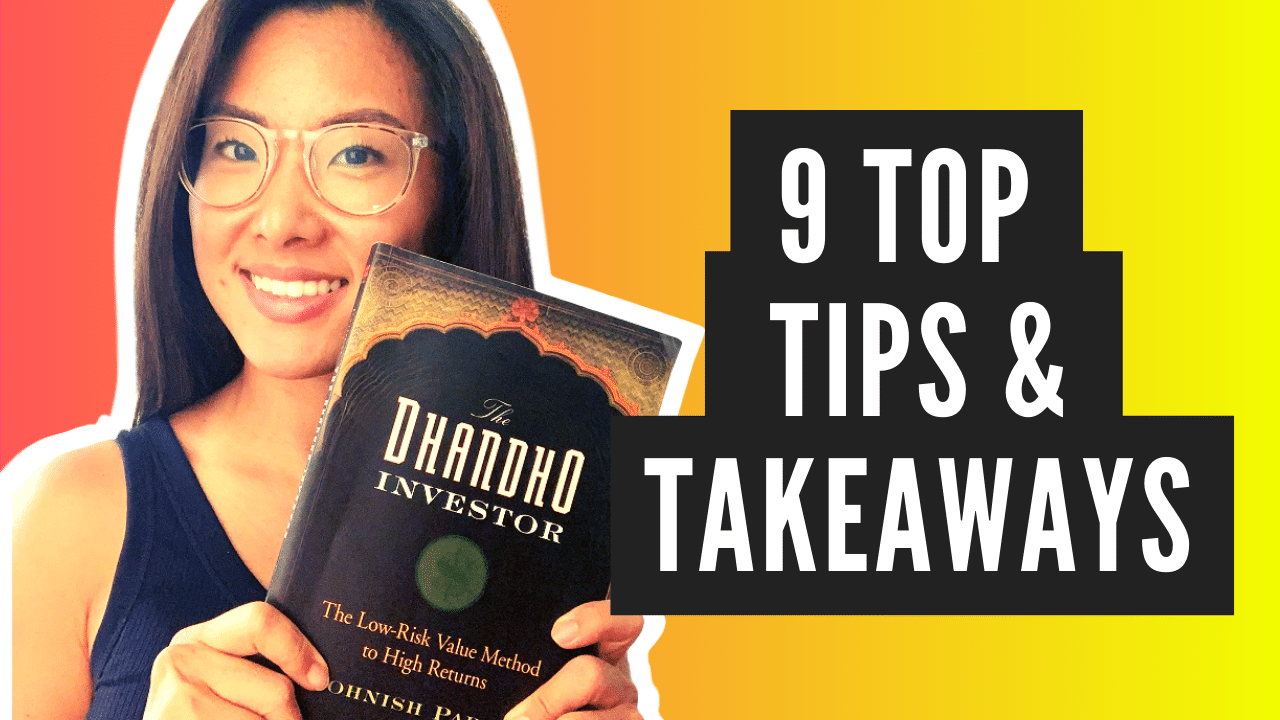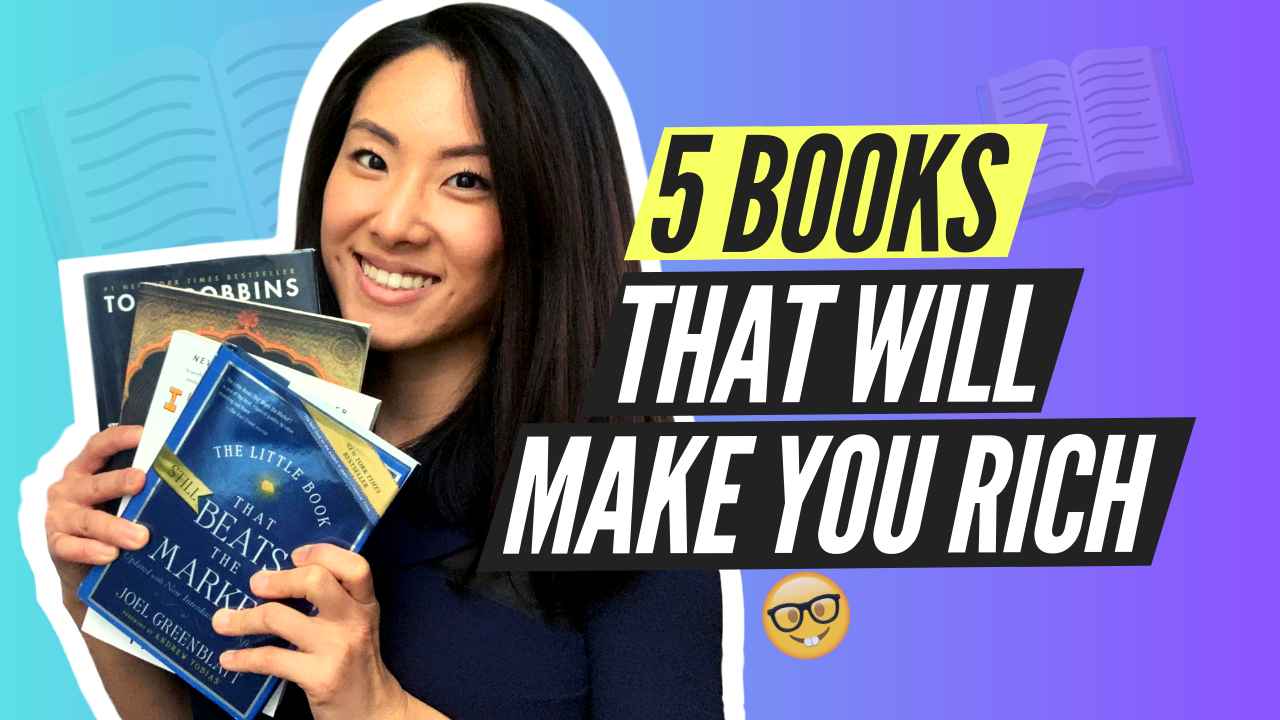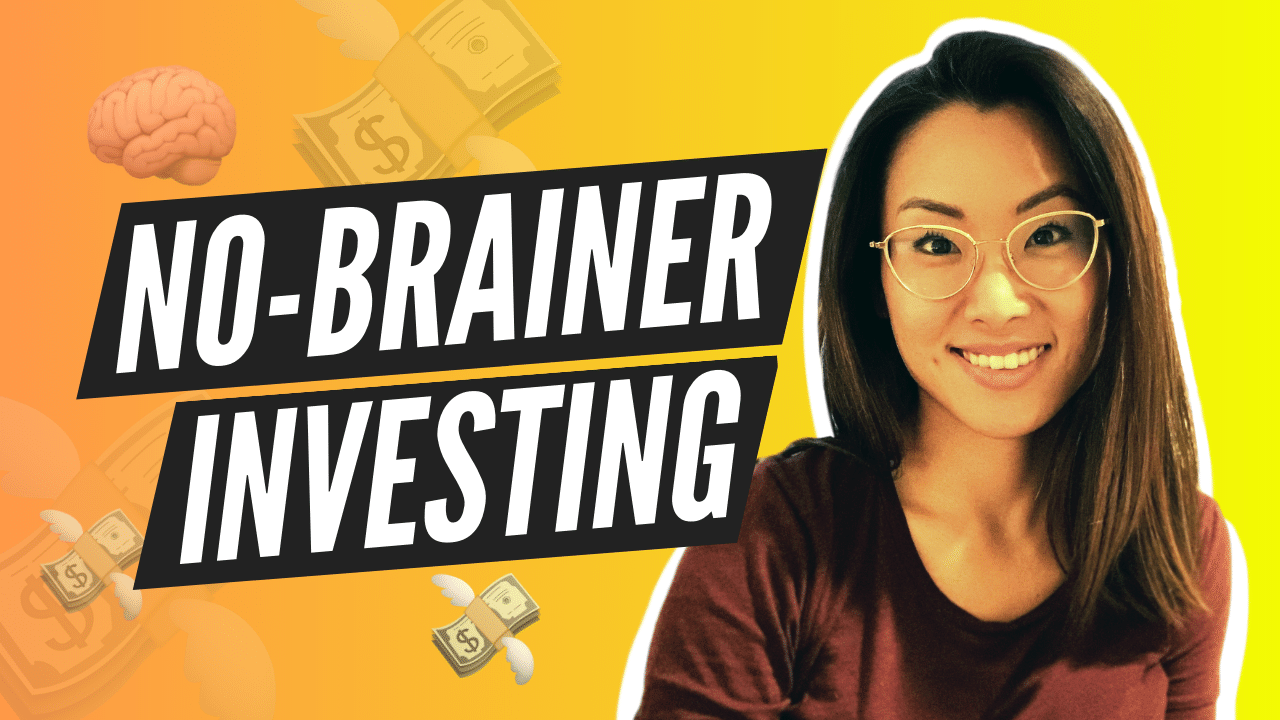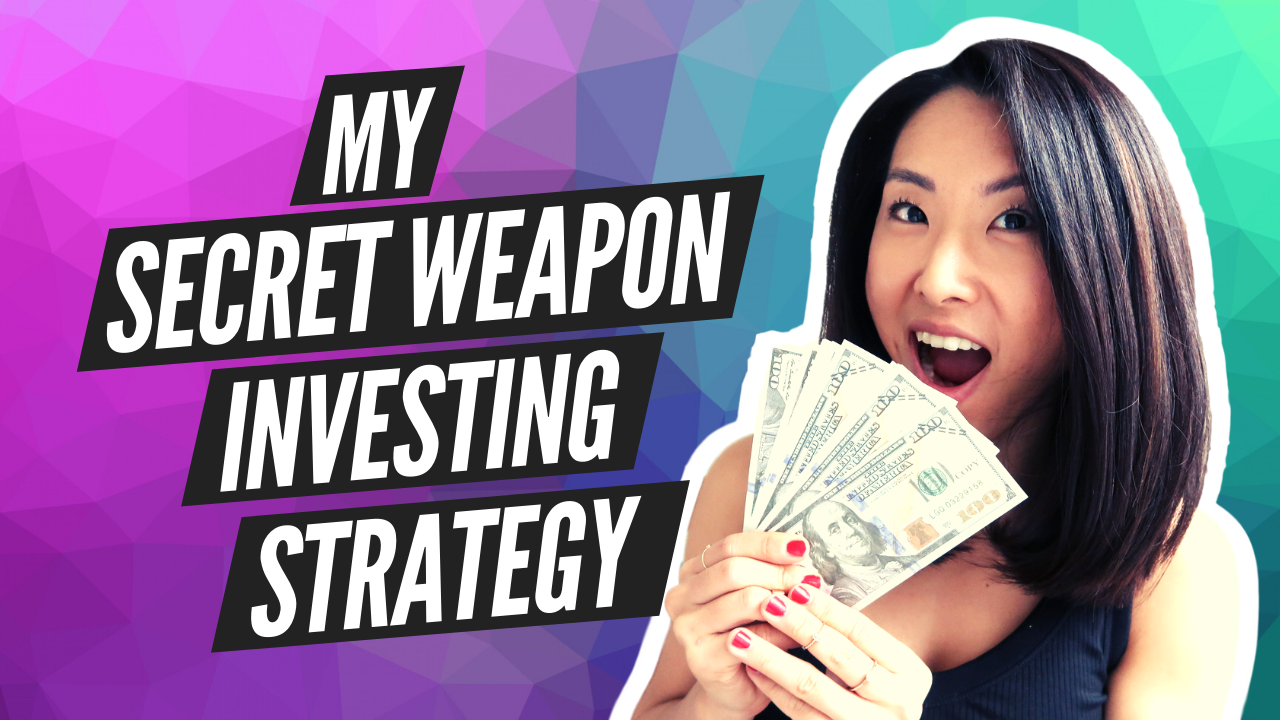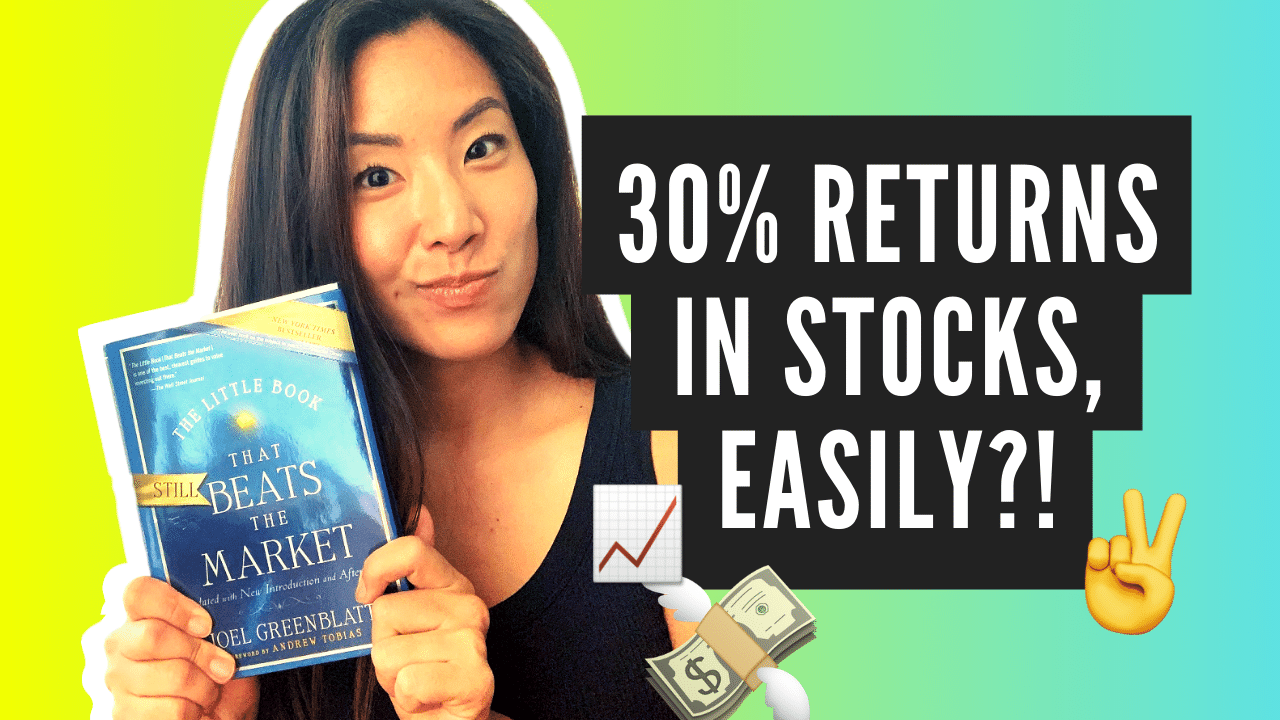In this blog, I’m going to share the top 9 tips and takeaways from the book Dhando Investor – an amazing investing how-to book written by Mohnish Pabrai. Mohnish Pabrai is a legendary value investor who has generated a cumulative return of 517% from 2000-2013, compared to a cumulative 43% for the S&P 500 Index.
Unfortunately, his fund Pabrai Funds is closed to new investors, but the next best thing to having him manage your money is to learn how to invest the way he does. And he shares his entire methodology in this book, The Dhando Investor. So if you want to learn some valuable tips and tricks that will help you turn a small amount of money into a fortune, with low risk, then keep reading!
What is Dhandho Investor?
It is based on one key premise: that the key to generating high returns with low risk is by taking asymmetrical bets – in other words – making investments that have a high potential for major upside, and also have a very limited downside.
Another way of thinking about asymmetrical risk is: “Heads I win, tails I don’t lose much”
This low-risk, high-return approach to investing is what Mohnish calls the Dhando method. And in the book, he shows plenty of real-life examples that prove that the Dhando method works. One of the most remarkable examples he gives of the Dhando method in action is the story of the Patels. The Patels are a small ethnic Indian group that came to the U.S. in the 1970s with nothing and using Dhando investing principles, the Patels went on to become the largest owner of motels in the entire country. How does a penniless family of immigrants go from $0 to $40b in motel assets in the span of 35 years? The answer is – the Dhando method!
The book synthesizes the Dhando method into 9 key principles. So let’s go over each of these 9 principles:
Principle #1 – Focus on buying existing businesses
- Remember that the whole Dhando investing framework can be summarized into this one tagline: “Heads I win, tail I don’t lose much”.
- And since existing businesses are much less riskier than startups, Mohnish recommends investing only in companies that have a proven business model and a long, stable history of operations.
- And the best way to do that is via stocks of publicly traded companies. If you examine the performance of various asset classes over the past 100 years, you’ll see that stocks do better than all the other main asset classes. Not only that, but it’s the easiest way to become a business owner. When you buy a stock, you get an ownership stake in the business, but you don’t have to actually run the business yourself. The business already has a CEO and it’s fully operational, so you get to reap the rewards of business ownership without doing any of the heavy liftings yourself.
- Plus, you can do this with whatever cash you have in your wallet. As long as you have enough money to buy one share of the company you want to invest in, you can afford an ownership stake in any publicly traded company. This is way more accessible than buying an entire business like Papa Patel did when he bought his motel. So to summarize the 1st principle of Dhando investing: focus on buying existing businesses, and do this via the stock market.
Principle #2 – Invest in simple businesses
- The Dhando investor avoids investing in complicated companies. Why? There’s actually a very numbers-driven reason for this.
- In order to assess whether an investment is a good deal or not, you need to first know the intrinsic value of a business. If you can buy the business for less than what it’s worth, it’s a good deal. If you have to pay more for the business than what it’s worth, it’s not a good deal.
- The general formula for estimating what a business is worth – or its intrinsic value – is by adding up all the cash flows (discounted at an appropriate interest rate) that will occur during the life of the business. That’s pretty reasonable, right? A business’s worth is derived from the cash flows that it will generate in the future. This is called a discounted cash flow analysis. In the book, Mohnish explains this with the example of the neighborhood gas station: let’s say that the owner of the gas station puts it up for sale at a price of $500k. You know that after 10 years, the gas station can be sold for $400k, and meanwhile, the gas station will put $100k in your pocket every year for the next 10 years. That gives an estimated timeline of cashflows that looks like this: $100k every year for 10 years, plus a lump sum of $400k in the 10th year. And because these cashflows are future cash flows, they have to be converted into present-day dollars. If interest rates are 10% right now, then the present value of these cash flows look like this. Comparing future cashflows in present-day terms ensures that we’re comparing apples to apples since the purchase price is also in present-day terms.
- The sum of the cash flows – in present value terms – is $768k. This is what the business is really worth. So is it a good deal? Well considering that you can buy the gas station for $500k, it’s a great deal, because you’re paying a lot less for the business relative to its intrinsic value.
- DCF analysis is hands down the best way to assess investment opportunities, but you can see that estimating future cash flows is not an easy task. Even with the gas station business, which is a really simple, stable, and predictable business, the cash flow estimates we used aren’t 100% certain. When it comes to predicting the future, nobody has a crystal ball.
- That’s why the Dhando way to deal with this uncertainty is to invest only in simple businesses where the future cash flows can be estimated with relative confidence. The cash flows of a gas station are a lot more estimable (is that even a word?) than the cashflows of, say, a biotech company that’s still in the research phase.
- So rather than try to predict the future of complicated companies, the Dhando method wants you to simply avoid those kinds of companies and stick with the ones with relatively predictable, stable cash flows. As Warren Buffett says, “change [is] the enemy of investments… we look for mundane products that everybody needs”. Examples of businesses like this are motels – as in the Patel story, Coca-Cola – which was Warren Buffett’s most successful investments, or Bed Bath & Beyond – which Mohnish uses in the book to walk us through a DCF analysis.
Principle #3 – Invest in distressed businesses in distressed industries
- Now that you understand how to calculate the intrinsic value of a business, you now have a powerful tool for finding great investment opportunities. Just like with the gas station example, where you could buy something worth $768k for only $500k, you want to buy stocks at less than their intrinsic value.
- The best way to do this, according to Dhando, is to look for distressed companies. Going back to the story of Papa Patel and his motel investment – he bought the motel in the 1970s during a very troubled time in the economy. The country was in a deep recession and you could pick up motels at fire-sale prices.
- You can also do this in the stock market. Because stock prices are so volatile and driven by news headlines, the market can be very emotional. This often creates huge dislocations between a stock’s price and its underlying value. So what you’re looking to do, is buy a stock when it’s trading at a distressed price.
- The 3rd principle of the Dhando investing framework is perfectly summed up by this quote from Warren Buffett: “I will tell you how to become rich… Be fearful when others are greedy. Be greedy when others are fearful.”
Principle #4 – of the Dhando investing method is to Buy businesses with durable moats
- A moat is a protection from enemies. In medieval times, a castle needed to have a moat in order to keep out its enemies. The wider and deeper the moat, the greater the protection. It’s the same for businesses.
- Thanks to free-market capitalism, competition in any industry can be brutal. If a business doesn’t have some sort of competitive advantage, they’ll get wiped out pretty quickly.
- How do we know for sure if a business has a moat? You can look at the financial statements. A business with a strong moat will have a high return on capital. This is a metric that tells us how much income business is generating with the capital deployed in the business. I have a free download for you called the Stock Investing Checklist, and in it, I go over in detail how to calculate these numbers.
- Examples of companies with moats are American Express, Coca-Cola, Harley Davidson, and Google. Moats can come from having a brand name, a cost advantage, economies of scale, and so much more. Again, I go over moats in more detail in my Stock Investing Checklist.
Principle #5 of the Dhando method – Bet heavily when the odds are overwhelmingly in your favor
- In investing, there’s no such thing as a sure bet. But as a Dhando investor, when you come across a high-probability bet, you want to bet heavily.
- With the Patel motel example, the Patels saw an opportunity with a huge upside and very limited downside, and they jumped on it. They had an opportunity to buy a motel with only $5k of their own money, borrow the rest, and potentially make huge profits. Even though $5k was their entire life savings, the odds were so good that they went all in.
- If you find a company that has a simple business model with a strong moat, it’s under temporary distress, and the stock price has collapsed so much that you can buy it for less than half of the intrinsic value, then Mohnish recommends that you bet HEAVILY! Because with a setup like that, you have a high probability of huge success and a very low probability of moderate failure. The Dhando framework is all about examining the odds. As Charlie Munger once said, “The wise ones… bet big when they have the odds. And the rest of the time, they don’t. It’s just that simple.”
- In the book, Mohnish also explains something called the Kelly Formula, which is a simple mathematical formula that tells you exactly HOW MUCH of your money to bet on anyone investment opportunity. The formula is based on calculating the odds, and it was made infamous by Ed Thorpe, an MIT math professor who used it to make a killing playing blackjack in Las Vegas casinos. Although investing is not the same as playing blackjack, thinking probabilistically and betting big in high-probability situations is the main takeaway of this fifth Dhando investing principle.
Principle #6 – is to Focus on arbitrage
- Arbitrage is a fancy term for riskless profit. An example of arbitrage is if gold is trading at $600 per oz in London and $610 per oz in NYC, so you buy it in London and sell it in NY for a profit.
- And then there’s Dhando-style arbitrage. The Patel motel is a perfect example. Because the whole family lived and worked in the motel, the Patels had virtually no overhead. There were no salaries to pay, so they were able to offer rooms at the cheapest prices, while still maintaining good profits. They had an arbitrage spread over all their competitors. Other examples of Dhando arbitrage spread in action are category killers like Wal-Mart, Home Depot, and GEICO. Each of these companies has a unique situation that allows them to make more money than all of their competitors.
- The arbitrage spread is essentially another way of describing a moat. And Mohnish teaches that if you find a Dhando-style arbitrage spread like the Patel motel, or Wal-Mart, or GEICO, then you should milk it for all it’s worth.
Principle #7- is to Buy businesses at big discounts to their intrinsic value
- This is also called investing with a margin of safety. Remember the gas station example? After estimating the cash flows and the gas station’s intrinsic value, you realized that you could buy it for a lot less than what it’s worth: a price of $500k vs the intrinsic value of $768k. The difference between the price and the value is your margin of safety.
- Because the future is full of uncertainty, and even the best estimates of cashflow can turn out to be wrong, Dhando investing teaches you to only buy companies at a steep discount to underlying value. This gives you a margin of safety.
- As Benjamin Graham said, “The function of the margin of safety is [to render] unnecessary an accurate estimate of the future”. In other words, investing with a margin of safety protects you from the unknown, because no one – not even the best investor – can predict the future with 100% certainty.
Principle #8 – Look for low-risk, high uncertainty businesses
- The best Dhando-style opportunities have a combination of low-risk, high-uncertainty. The low-risk component makes it a conservative bet to take, and the high-uncertainty component allows for a big potential payoff.
- Other combos are high-risk, high-uncertainty, or low-risk, low-uncertainty. You don’t want to invest in high-risk, high-uncertainty businesses, because that’s just gambling. You also don’t want low-risk, low-uncertainty, because there’s no potential for high gains there. So you want that ideal combo of low-risk, high-uncertainty.
- The Patel motel was the perfect low-risk, high-uncertainty business because all that was at risk was the $5k down payment. So even in the worst-case scenario, there wasn’t that much to lose, yet there was huge potential for upside. Low-risk and high-uncertainty is the ideal combination for the Dhando investing framework.
Principle #9! Invest in the copycats rather than the innovators
- The Dhando framework recognizes that innovation is a crapshoot, whereas taking an already proven idea and scaling it is much more reliable.
- When the first Patel bought a small motel and found some success, other Patel relatives copied him and bought their own motels. Pretty soon, Patels copied this model all over the United States, because it was a proven idea, and thus very little risk.
- The proof that the copycat strategy works is in the numbers: 1 out of every 5 motels in the United States is owned by a Patel. If this worked for a small group of refugees who came to the U.S. with nothing, then I’d say it’s a pretty good strategy!
- Other examples of hugely successful companies that were copycats rather than innovators are: McDonald’s and Microsoft.
- Both of these companies actually did not have any original ideas, but they were successful because they were good at executing and scaling. The founder of McDonald’s, Ray Kroc, modeled his restaurants after an extremely successful hamburger stand in California. Microsoft licensed their flagship product from a company called Seattle Computer, they didn’t actually invent it on their own.
- Since the Dhando tagline is “Heads I win, Tails I don’t lose much”, Mohnish recommends investing in the companies that know how to be good copycats of a proven idea.
MY FINAL THOUGHTS
This book packs in an MBA-level investing education in less than 200 pages. It’s a quick, easy read that simplifies some very advanced investing concepts into a simple, powerful framework that anyone can profit from. It’s my 3rd time reading it and I’m getting even more gems each time.
